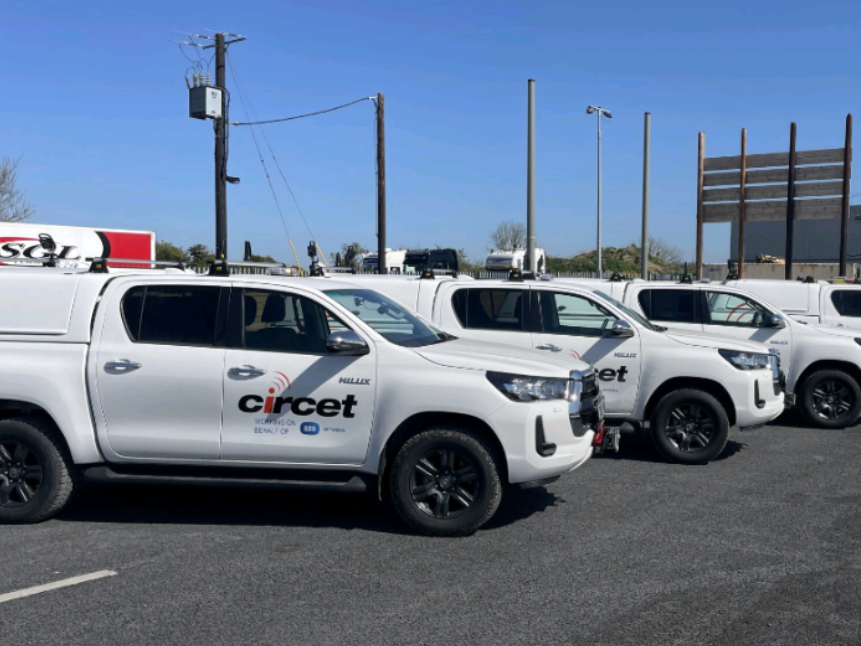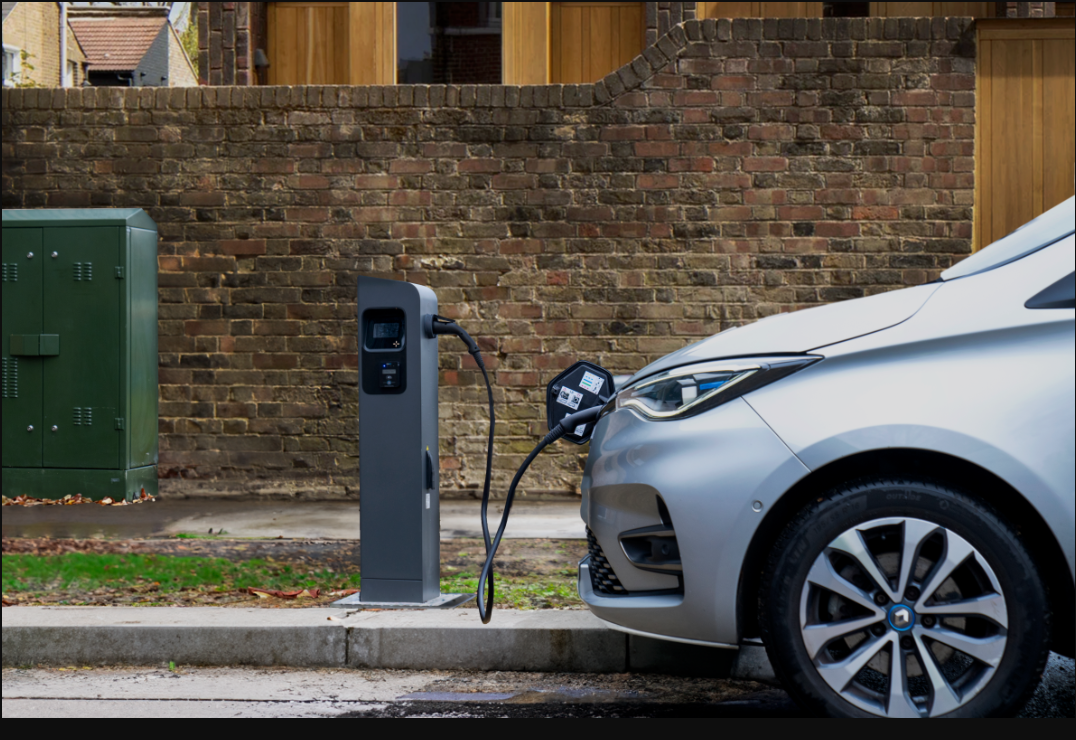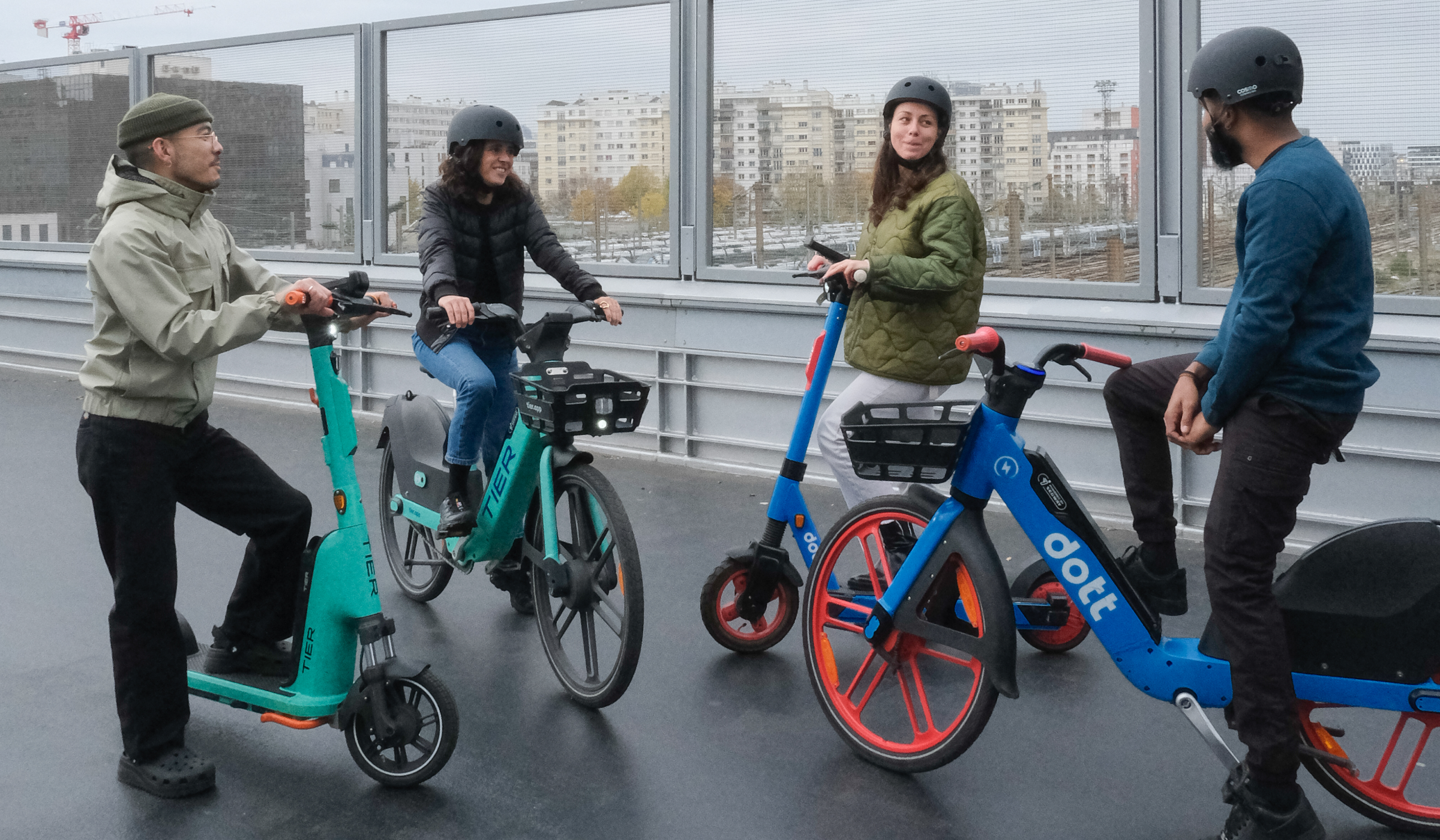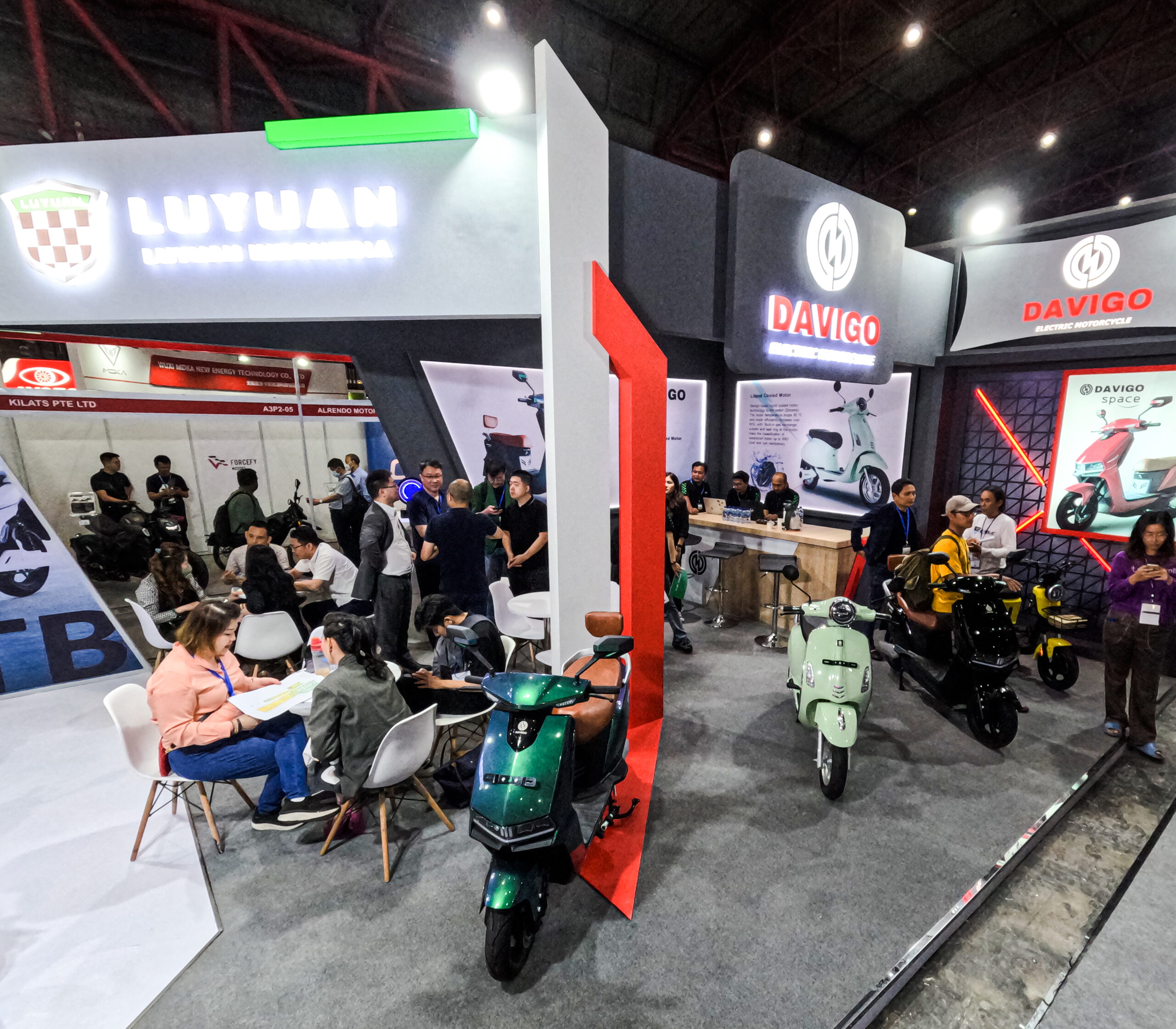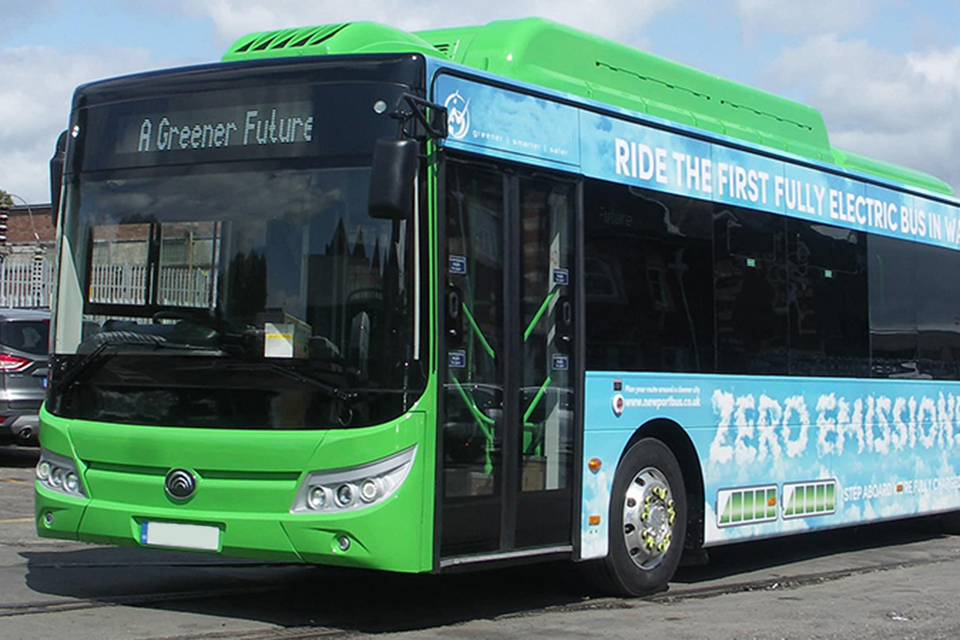Geotab’s Winter Care Guide for Electric Vehicles — Keep Your EV Running Smoothly All Winter Long
With sub-zero nights setting in here in the UK, maintaining your Electric Vehicle (EV) during extremely cold weather is crucial to both saving money and getting the most out of your vehicle.

With one of the industry’s largest data science teams, dedicated to data and artificial intelligence, and with a global presence spanning 165 countries, Geotab is uniquely positioned in its capability to examine EV performance through real-world data. Recently Geotab conducted research into the effect of colder temperatures on the range and overall performance of EVs, analysing anonymised data from 5.2 million trips from 4,200 EVs across 102 make/model/year combinations.
In light of this, here are Geotab’s top tips on how to prepare, use, and maintain your EV this winter.
It’s All About the Planning
Just like with any vehicle, it’s important to understand how the range of an EV can vary based on real-life conditions such as payload, outdoor temperature, terrain, speed, and driver behaviour. The officially listed range should be viewed as a guideline, and it may not reflect actual mileage. Some smarter EVs will adjust expected range based on some of these parameters but not all, so it’s best to err on the side of caution and plan ahead. There are some great smart route planners out there which can help with route optimisation when it comes to charging. It’s also worth bearing in mind that cold batteries charge more slowly, so having this information on hand can save you time—time you can spend in the warmth!
Pre-Condition Your Vehicle While It’s Plugged In
When you’ve got a big drive planned, it’s worth having your vehicle charged and ready-to-go right in time for departure. Rather than switching on the heating when getting into an electric vehicle on a cold day and having to wait for the windows to clear, drivers should consider heating their car while it is plugged in. This way, there is a reduced impact on a vehicle’s range whilst driving. Plus, in some vehicles, this can serve to pre-condition the battery ahead of time rather than on the road.
Heat the Human, Not the Air!
Geotab’s data shows that an EV’s optimal temperature for maximum efficiency is around 21.5°C. The Day-to-day range of an electric vehicle is affected by temperature primarily due to auxiliary heating and cooling. Not only does energy from the battery power the vehicle, it also powers vehicle systems, most notably regulating the temperature of the vehicle cabin and battery. However, ambient heating is typically very inefficient. It’s much more effective to utilise steering wheel and seat heaters if available, as these usually consume less power.
Optimise Your Driving Style
No matter the weather, one factor that always affects an EV’s range is how it is driven. Excessive acceleration and braking, and driving at high speeds all cost unnecessary energy. Anticipating the need to brake, and avoiding harsh braking, will enable an EV’s regenerative braking system to work, recovering energy and storing it back into the battery to extend range. By anticipating when you need to reduce speed safely, drivers can reduce the need to stop fully, thereby maintaining momentum and optimising energy consumption. Geotab recommends avoiding excessive acceleration and harsh braking, especially in cold weather, due to less-than-ideal road conditions.
Make the Most of Eco Mode
One further step EV drivers can take is to leverage Eco mode, if available in their vehicle. Every EV has a slightly different function to their eco mode, but generally, they all work to reduce power consumption and increase mileage by reducing the energy supply to the drive motor. They also work to limit high energy consumption features such as cabin heaters. In winter, eco modes can actually make your car safer to drive too: by reducing the power to the motor, the car accelerates slower, which reduces the possibility of wheel spin in icy conditions.
Check Your Tyre Pressure
Best practice dictates to check your vehicle’s tyre pressure every month, but particularly in harsh and cold weather conditions. Tyre pressure drops as the ambient temperature falls, leading to greater rolling resistance, reduced mileage, and unnecessary safety risks. Taking the time to prepare for cold conditions through regular monitoring will help to keep your journeys safe and efficient.
Recharge Whilst You Recharge
Finally, once you’ve arrived at your destination, plug in and charge if you can. In fact, consider doing this overnight; some advanced EVs and chargers will allow you to create smart charging schedules which not only can ensure your car is charged and pre-conditioned right before your planned departure—but also to leverage cheaper electricity rates during the early hours. When it’s time to leave, you’ll be ready to go all over again—this time, with a preheated car filled up with cheap electrons. What’s not to love?
This article was originally published Geotab.








